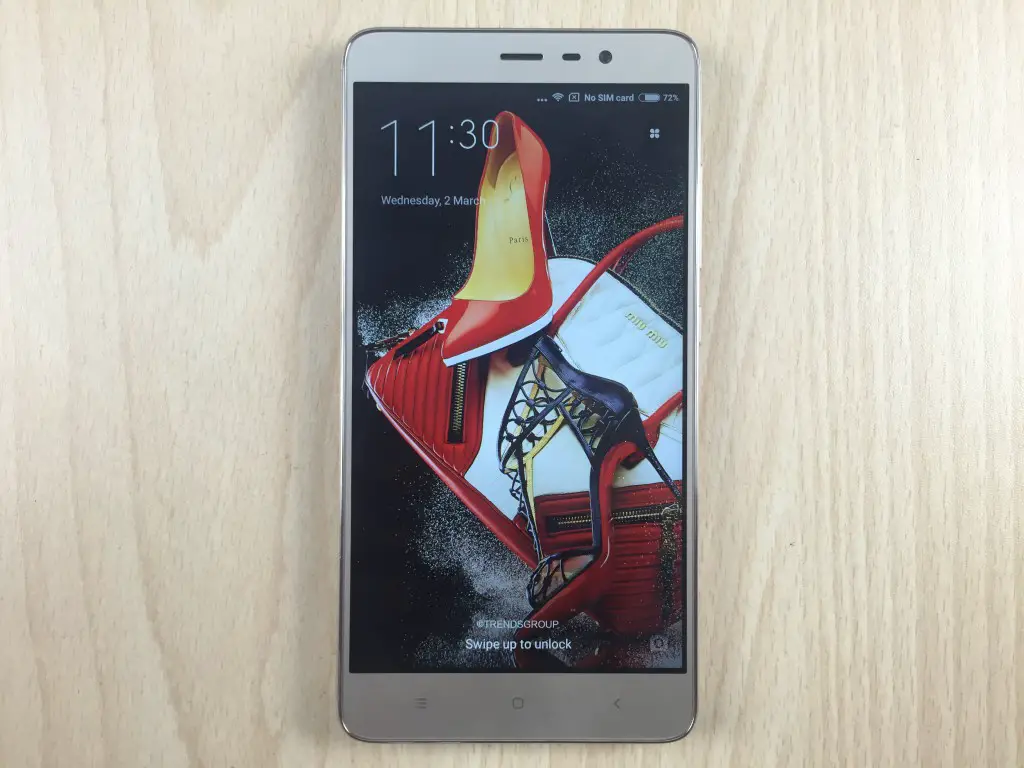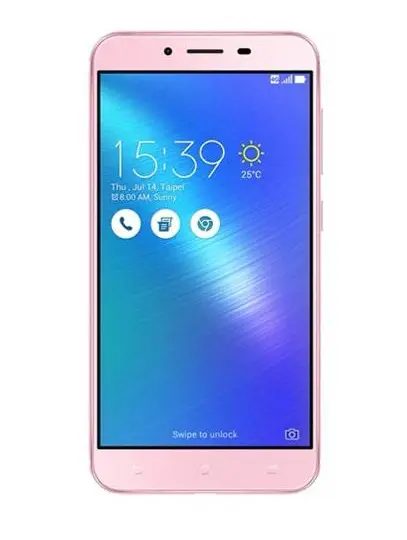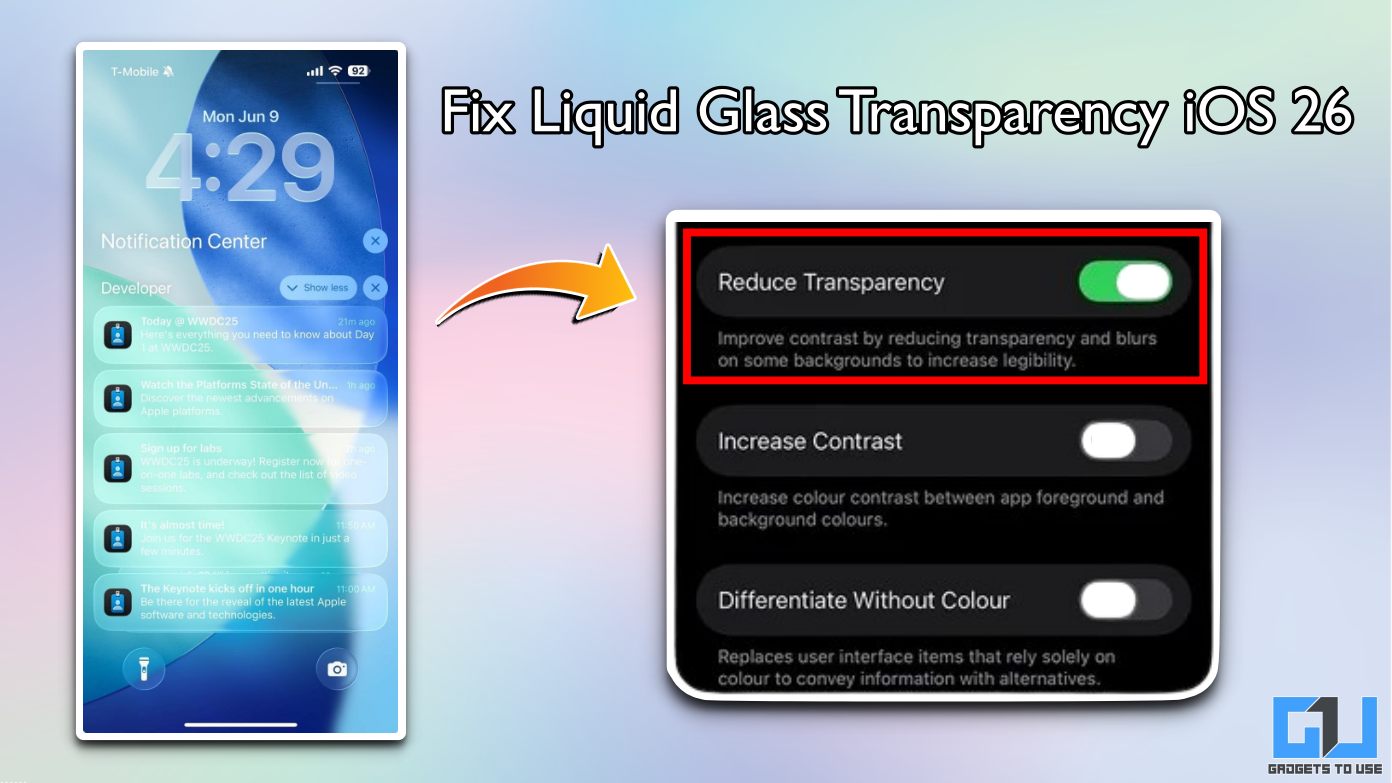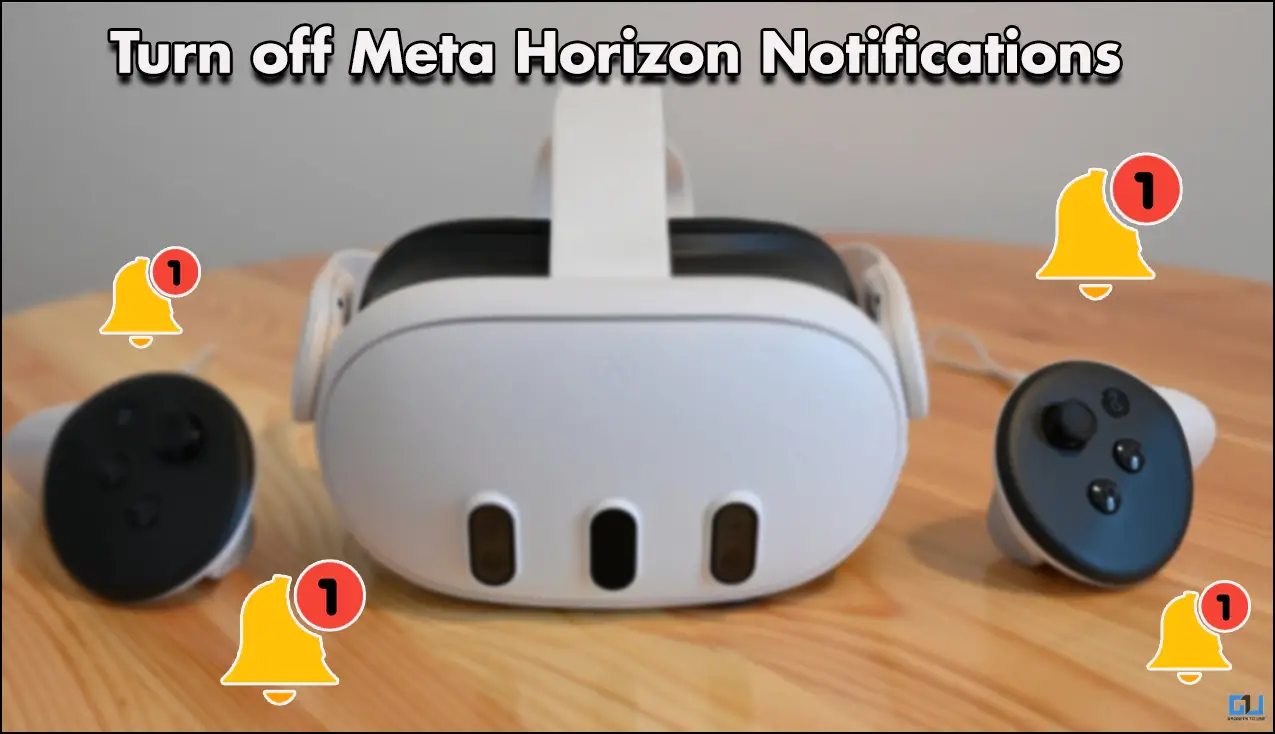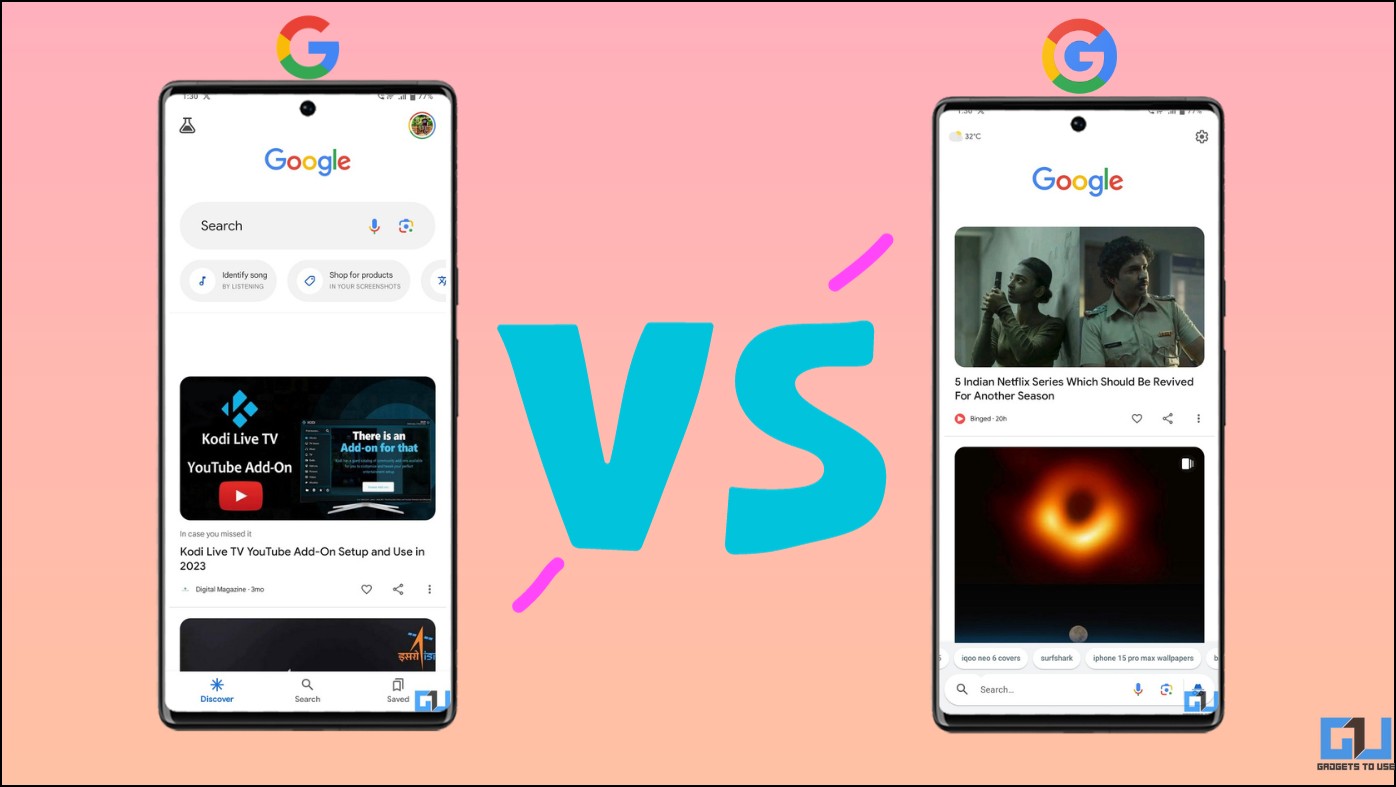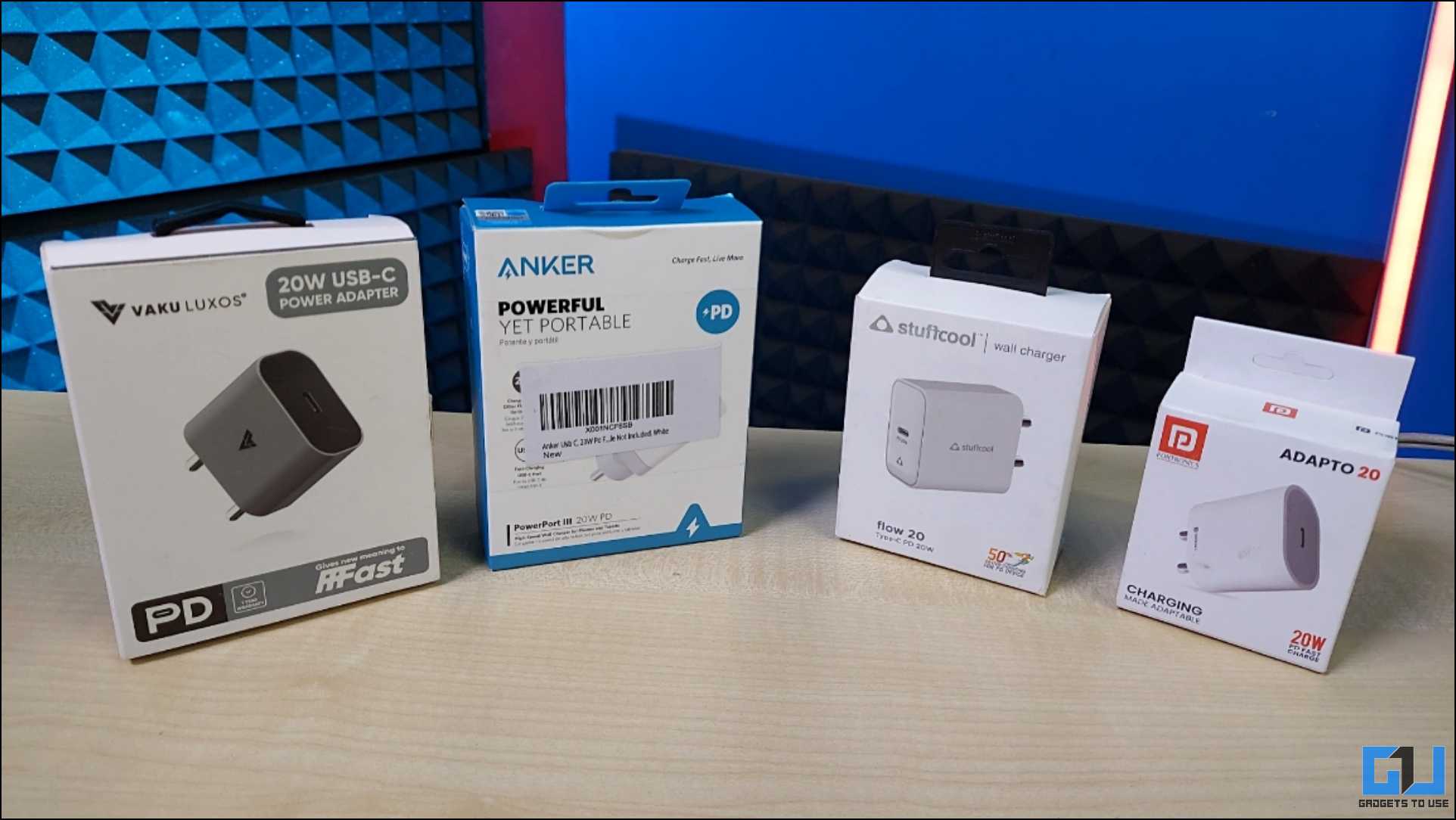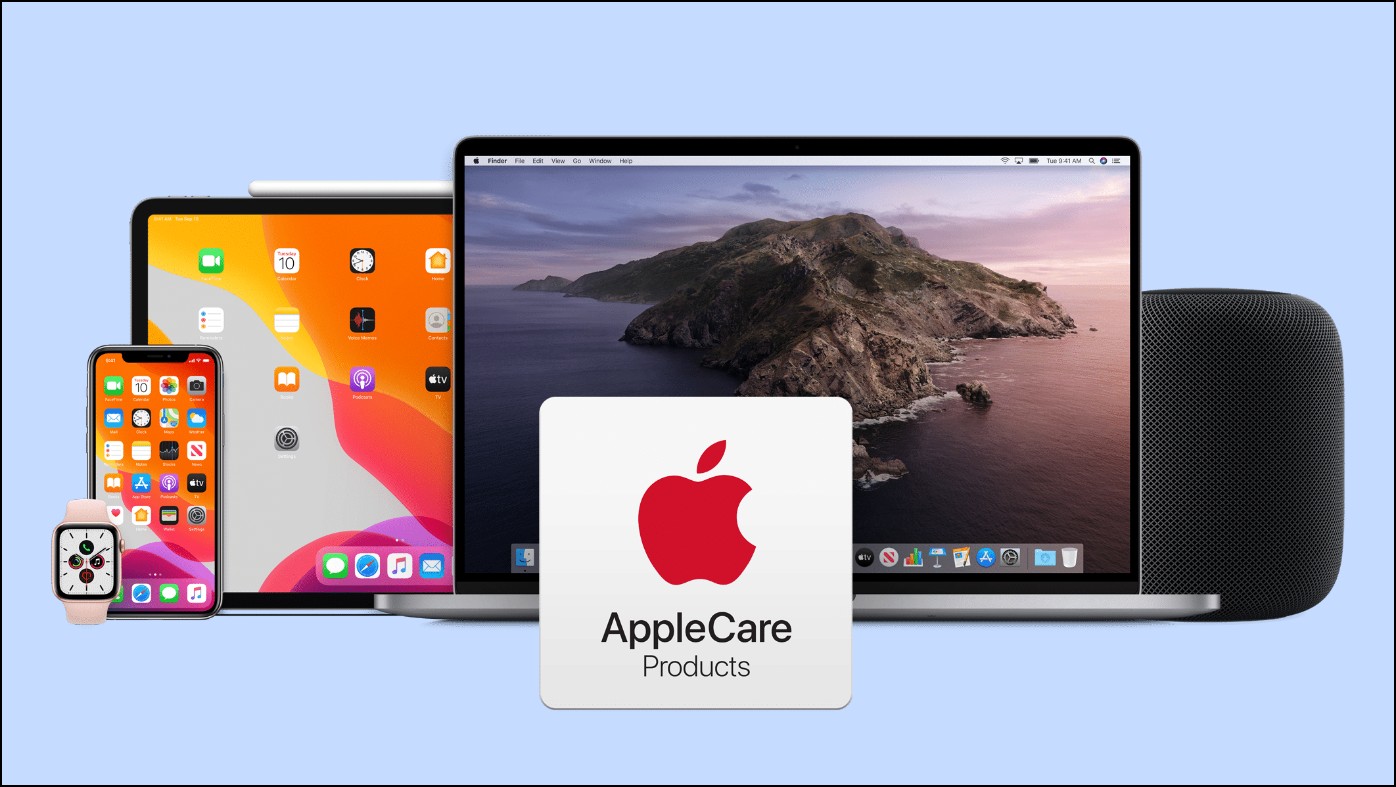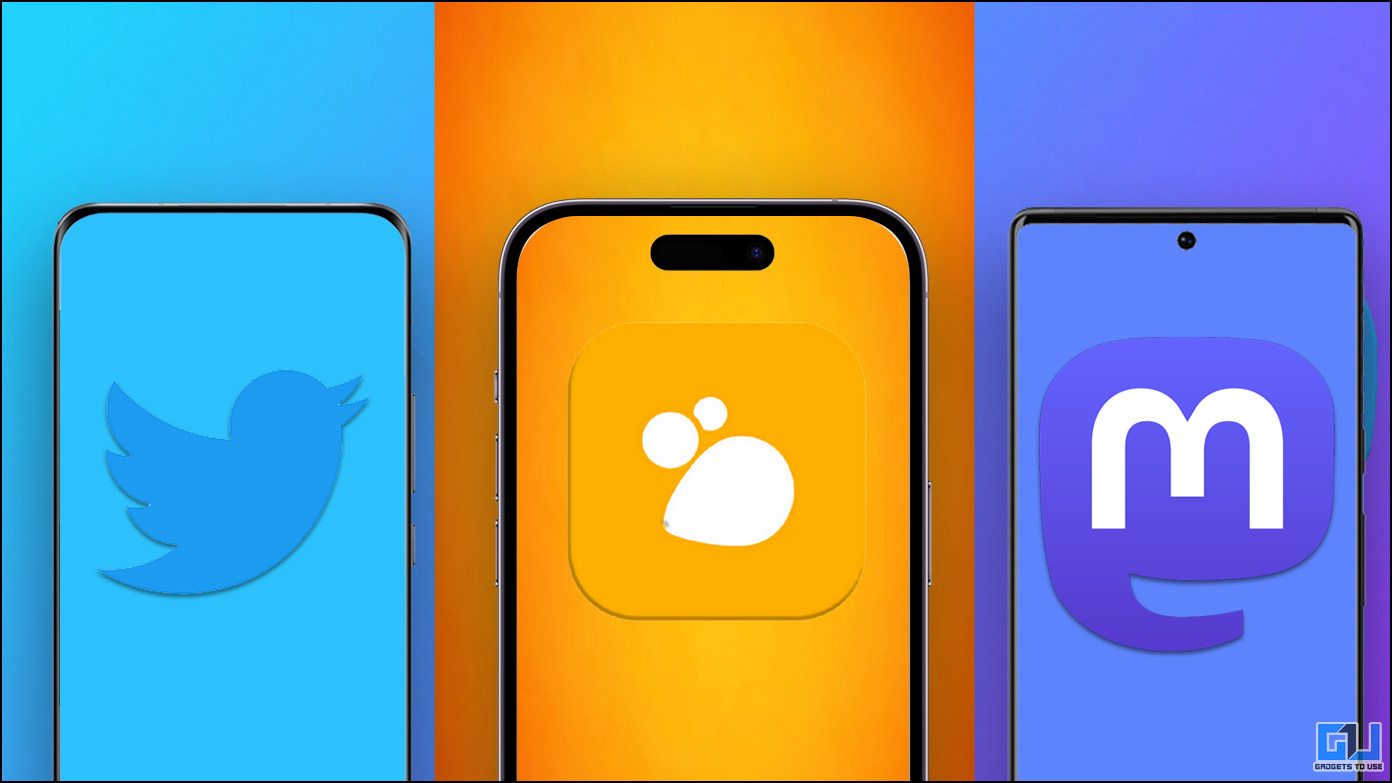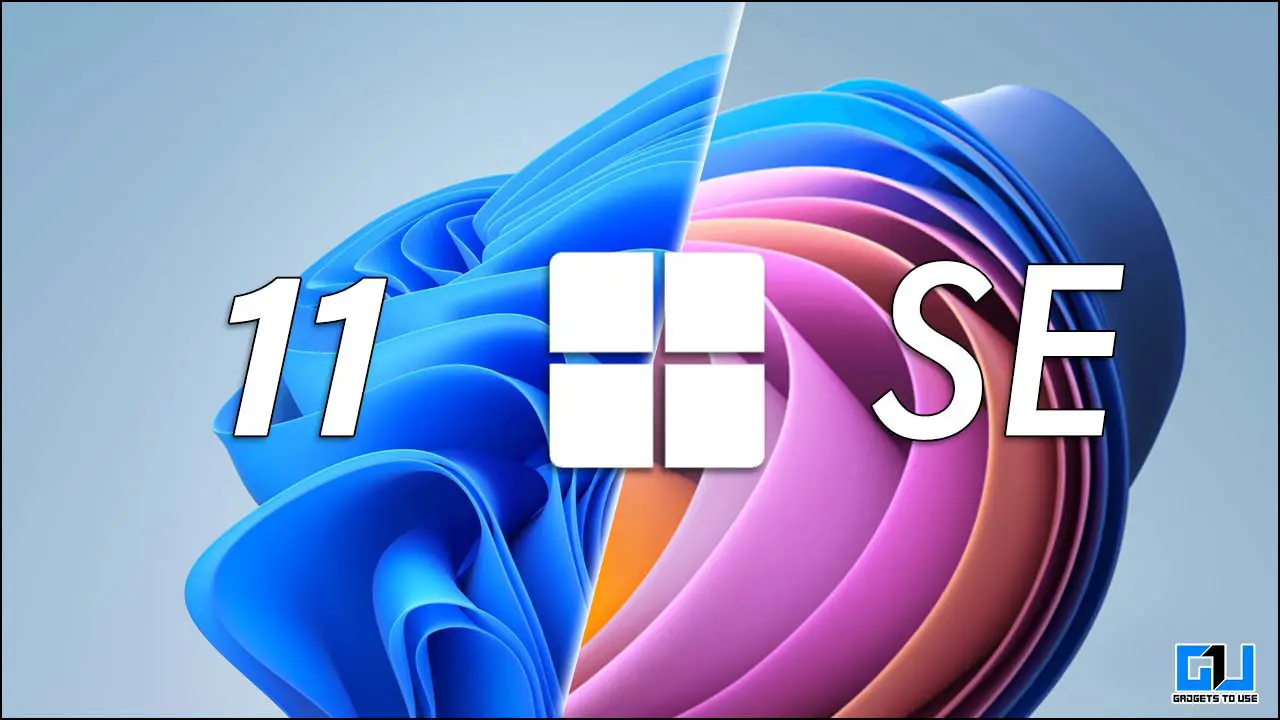Quick Answer
- When we consider the processor, camera and the price, the Redmi Note 3 with Snapdragon 650 and a better 16 MP primary camera at Rs.
- There is a fingerprint sensor below the primary camera on both, Redmi Note 3 and the Zenfone 3 Max.
- The Xiaomi Redmi Note 3 comes with a better camera compared to the Asus Zenfone 3 Max.
Asus is expected to launch the Zenfone 3 Max in India this month. The device was announced in August and was launched in Vietnam for 4,490,000 VND (Rs. 13,500). The device is expected to clash with other budget devices such as Xiaomi’s budget device, the Redmi Note 3. Let’s compare both the devices.
Xiaomi Redmi Note 3 vs Asus Zenfone 3 Max Specs
[table id=708 /]
Design & Build
The Xiaomi Redmi Note 3 and the Asus Zenfone 3 Max both feature a full metal unibody. Both the devices are quite identical. Both of them have plastic bands on top for better network reception. The Redmi Note 3 looks more premium compared to the Zenfone 3 Max.
There is a fingerprint sensor below the primary camera on both, Redmi Note 3 and the Zenfone 3 Max. While Xiaomi has restricted the branding to the rear, Asus has decided to place its logo on the rear as well as the front.
Display
The Xiaomi Redmi Note 3 features a 5.5 inch full HD IPS LCD display with a resolution of 1920 x 1080 pixels. The device comes with a pixel density of ~403 PPI. We have been using this phone for months now, and in our various tests so far, we found the display’s colour reproduction to be highly accurate.
The Zenfone 3 Max features a 5.2 inch HD IPS LCD display with a resolution of 1280 x 720 pixels. The device comes with a pixel density of ~282 PPI. Viewing angles are great on the device and the brightness is also good.
Hardware and Storage
The Xiaomi Redmi Note 3 is powered by a Hexa core Qualcomm Snapdragon 650 clubbed with Adreno 510 GPU. It comes with 2 / 3 GB RAM and 16 / 32 GB of internal storage. The storage on the device can be further expanded using microSD card.
The Asus Zenfone 3 Max is powered by a Quad core Mediatek MT6737M processor clubbed with Mali-T720MP2 GPU. It comes with 2 / 3 GB RAM and 16 / 32 GB of internal storage. The storage on the device can be further expanded using microSD card.
Camera
The Xiaomi Redmi Note 3 features a 16 MP primary camera with f/2.0 aperture, phase detection autofocus and dual LED flash. The camera can record videos up to 1080p @ 30fps. The camera comes with features such as geo-tagging, touch focus, face/smile detection, HDR and panorama. On the front, the device sports a 5 MP camera with f/2.0 aperture.
The Asus Zenfone 3 on the other hand features a 13 MP primary camera with f/2.2 aperture, autofocus and LED flash. The camera can record videos up to 1080p @ 30fps. The camera comes with features such as geo-tagging, touch focus, face detection, panorama and HDR. On the front, the device sports a 5 MP camera with f/2.0 aperture.
The Xiaomi Redmi Note 3 comes with a better camera compared to the Asus Zenfone 3 Max.
Battery
The Xiaomi Redmi Note 3 is powered by a 4,050 mAh battery with Quick Charge support. The Asus Zenfone 3 Max is powered by a 4,100 mAh battery. While the Zenfone 3 Max comes with a slightly bigger battery, it lacks Quick Charge support.
Pricing & Availability
The Redmi Note 3 is priced at Rs. 9,999 for the 2 GB RAM 16 GB storage version, while it costs Rs. 11,999 for the 3 GB RAM 32 GB storage version. At the moment, the phone is available for purchase from Mi.com, the company’s official store. It is also being sold by Amazon India and Flipkart.
The Asus Zenfone 3 Max has not been launched in India till now. It is expected to be launched in India this month. The 3 GB version is expected to be priced around Rs. 13,500.
Conclusion
The Xiaomi Redmi Note 3 and the Asus Zenfone 3 Max are both good phones for their price range. When we consider the processor, camera and the price, the Redmi Note 3 with Snapdragon 650 and a better 16 MP primary camera at Rs. 11,999 seems to be the better choice. If Asus decides to price its device lower than the expected price of Rs. 13,500, it might give the Zenfone 3 Max a better chance against the Redmi Note 3.
